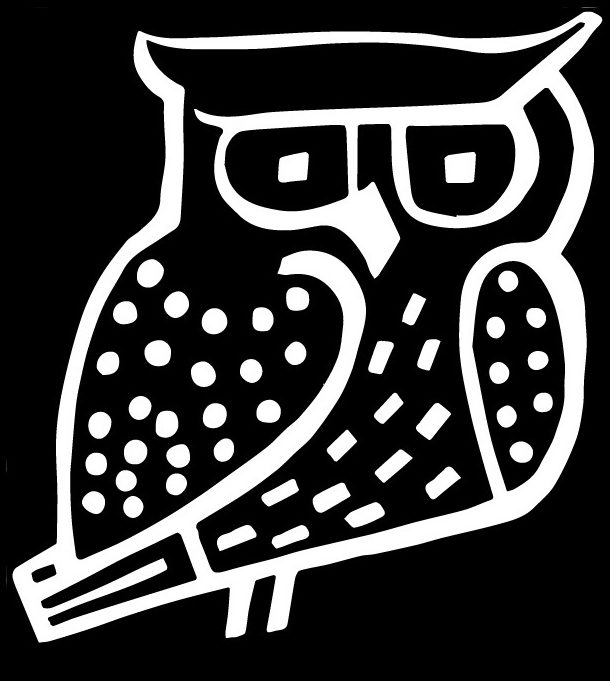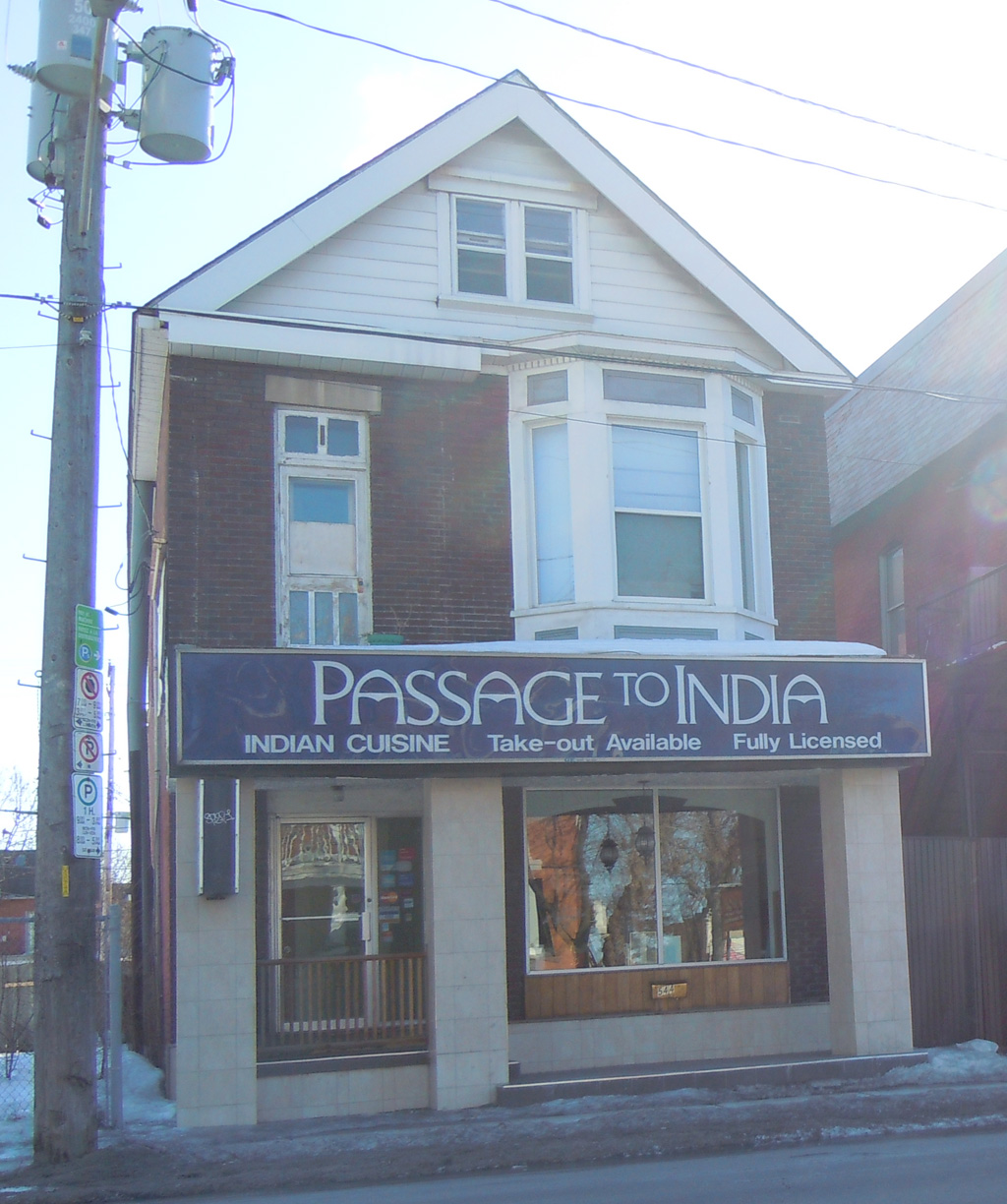At the time (1965), the National Capital Commission was planning to create a Mile of History on Sussex Drive and they started to acquire all the buildings and to restore them. They planned to rent the ground floor premises to stores and restaurants. Le Hibou became their first coffee house tenant.
The new site was at 521 Sussex Drive, a block and a half from Rideau Street and a block from the market. It was a heritage building with large glass windows and a massive, ornate wooden door. The place was a dream come true. It was almost three times the size of 248 Bank Street, with a 15-foot high ceiling that still had the original stamped tin tile. There were two steel posts in the large main room, but nothing to hinder the view of the stage. Almost predestined for Le Hibou there were large H’s inscribed on the tile floor. (It had been the home of the Hobby House.) In the back there was a good size room, ideal for a kitchen with steep stairs leading to a mezzanine above, which in turn divided into two spaces, one ideal for a performers’ room, and the other for the film projector and the stage lighting control.
There were drawbacks for us since the market at the time had quite a sordid reputation with prostitutes and their clients, and I wondered if that would be a deterrent. The rent certainly was not, however. At $275 a month, it was most reasonable, with the understanding that all costs for renovation on the inside had to be borne by Le Hibou. And of course Le Hibou was quite prepared to do that.







